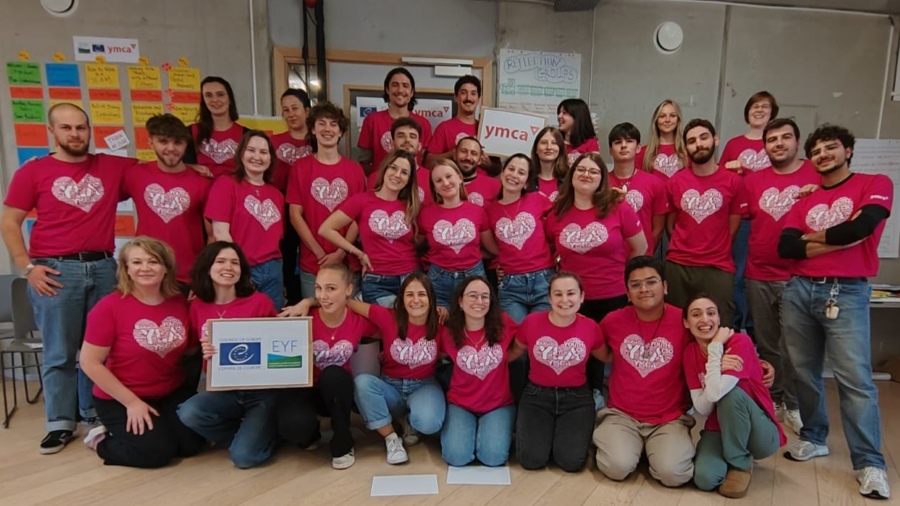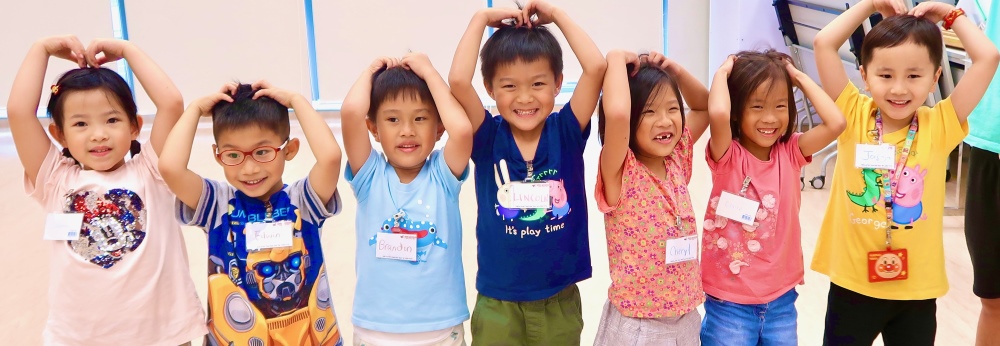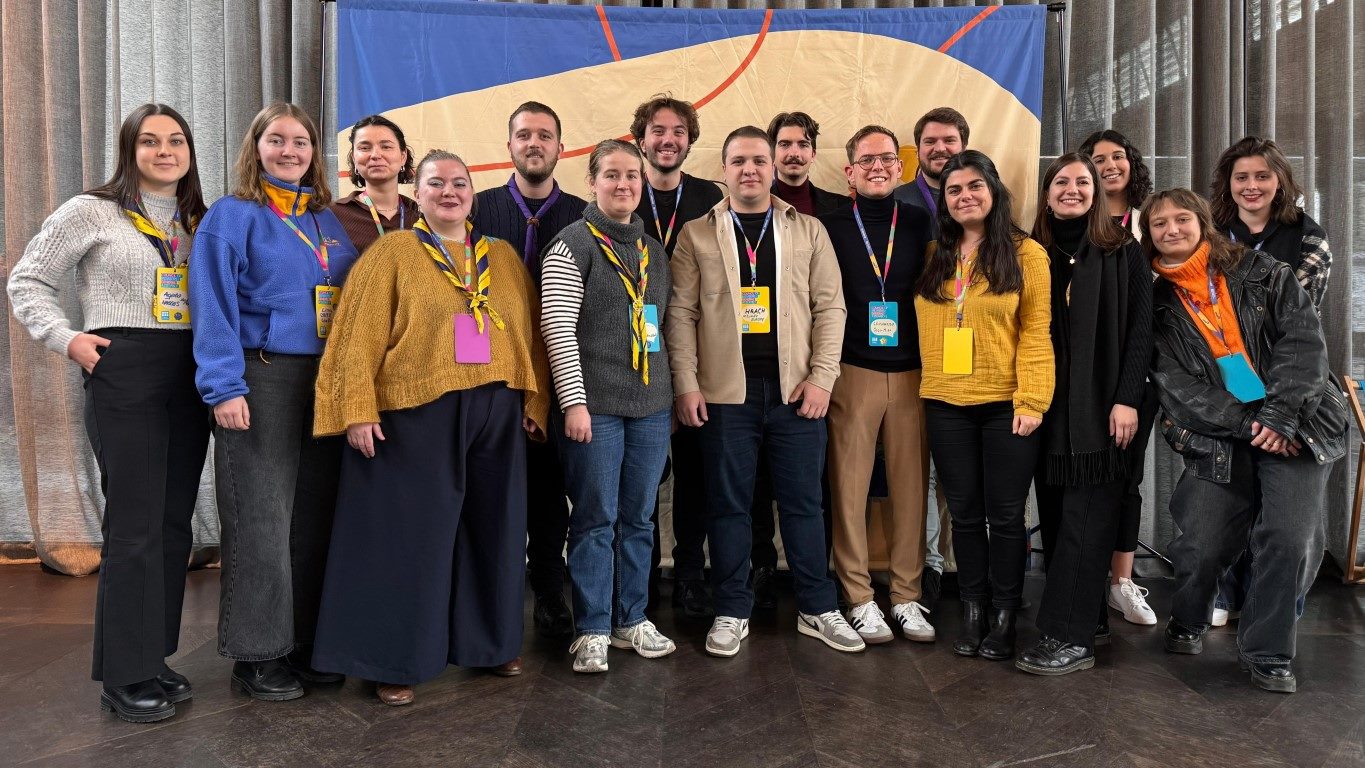Before thinking about how a human rights based approach could look like, one should take a step back and outline first the importance of Human Rights in general.
Human Rights
The hour of birth of modern Human Rights can be dated to the year 1948 when the United Nations presented the declaration on human rights.
The 30 articles of this Declaration are the base for the observation of the dignity of all humans until today. The declaration was and still is not binding like comparable legislations in the form of contracts. Later international pacts and contracts followed as a legal binding law of nations based on the declaration on human rights.
The enforcement of human rights by the UN is still very difficult because the national governments argue that violations against human rights are national issues and no one else should intervene. The fight against human rights violations is a global challenge and many NGOs are raising awareness and their voice to stand against human rights breach.
Why should human rights be defended? Article 1 of the declaration on human rights says that all humans have the same rights that need to be protected:
“All human beings are born free and equal in dignity and rights.”
Article 2 says that there is no distinction between different attributes or origins of people:
“Everyone is entitled to all the rights and freedoms set forth in this Declaration, without distinction of any kind, such as race, colour, sex, language, religion, political or other opinion, national or social origin, property, birth or other status. Furthermore, no distinction shall be made on the basis of the political, jurisdictional or international status of the country or territory to which a person belongs, whether it be independent, trust, non-self-governing or under any other limitation of sovereignty.”
Throughout history people have seen that these principles of dignity and equality was not always something states took care of. That’s why the declaration on human rights should stand for a protection of freedom of all people and better life conditions.
One interesting aspect to mention is that one needs to distinguish between needs and rights. If a need is not taken care of we see dissatisfaction as a consequence. If there is a right which is not considered one sees a violation against a person as a consequence. Both are negative but have different outcomes for a person in relation to helplessness. This is an important difference we need to keep in mind.
One could argue that it’s enough if national governments take care about the rights of their citizens. But what we see today in many countries in this world is that there exist systems which are not able, or even worse, not willing to protect their people.
Human rights are a two way street. On the one side there are you and me, the right holders who have rights and should be able to claim them through access and participation in certain societal and political mechanisms and processes. On the other side are the states which are functioning as duty bearers.
A state as a duty bearer has three obligations to fulfil: Respect, protect and fulfil.
- Respect means that the state must refrain from interfering with or curtailing the enjoyment of human rights.
- Protect requires the state to protect individuals and groups against human rights abuses.
- Fulfil means that the state must take positive action to facilitate the enjoyment of basic human rights.
Human Rights Based Approach
Now as it has been described why Human Rights are important and why everyone should defend them one needs to think about why a human rights based approach is necessary for everyone’s daily life and especially for the work of organisations that come over and over across these topics.
So first of all what is meant by a human rights based approach? This kind of perspective, framework shall empower people to know about their rights and know about opportunities and ways to claim them. It includes roles of right holders and duty bearers.
The pursuit is an increase of the ability and accountability of individuals and institutions who are responsible for respecting, protecting and fulfilling fundamental human rights. It is about giving people greater opportunities to participate in shaping the decisions that impact on their human rights.
Participation means more than just consultation. It means to get active also in decision making. The citizens should be able to articulate their expectations regarding their claim of rights towards the state.
A human rights based approach shall ensure that both the standards and the principles of human rights are integrated into policymaking as well as the day to day running of organisations.
Core Principles of Human Rights Based Approach (HRBA)
1. Participation
→ everyone should have the possibility to participate in processes which are having an impact on their human rights. This participation should be free and meaningful and should be accessible through information in a language which is understandable. Citizens should be seen in the centre of these processes and should have the opportunity to influence situations.
2. Accountability
→ The states as duty-bearers take responsibility that human rights be ensured and realised. Therefore an effective monitoring of human rights standards is needed to outline the current situation. Working on it means that dialogues, support and capacity building is on the agenda of every state.
3. Non-discrimination & equality
→ All people have the same rights. Under a human rights based approach all forms of discrimination must be prohibited, prevented and eliminated. There needs to be an Prioritisation of the most marginalised groups who are facing the highest barriers in consideration to claim their rights properly.
4. Empowerment of right holders
→ Individuals and communities must be aware of their rights and should be able to claim them. They need to be fully supported in participating in developing and policy making processes.
5. Legality of rights
→ Transparency of all decisions and actions. They must be clear to the citizens as being a condition for active participation. A human rights based approach requires the identification of rights as legally binding law and enforceable entitlements.
A human rights based approach pictures a conceptual framework for the process of human development. It achieves to analyse inequalities especially including marginalised groups. It is important to understand that the Processes, Policies and Plans of development are deep-seated in a system of rights and accordingly obligations established by international legislations.
This includes all civil, cultural, political, economic and social rights and the right to development. The main focus of a human rights based approach is on the capacity development of both: The “duty-bearers” to meet their obligations and “rights-holders” to claim their rights.
The Human Rights Based Approach in Civil Society Organisations
The HRBA approach can be easily integrated into the work of civil society organisations to ensure better division of power, empowerment and accountability.
For the daily work in organisations as many try to implement a human rights based approach in their work fields one can make use of some mechanisms to ensure and enhance the accessibility to decision making processes and the possibility for people to participate and get involved.
There is work that needs to be done in the field of budgeting and building capacities as one sees that there are not always finances and human capital to change something in the ongoing process of development regarding more activity in the field of defending and claiming human rights even though it is a heart project of some people.
Furthermore, more channels for participation of marginalised groups with sensitivity for their cultural background are needed. This means to be aware that there are cultural differences that need to be noticed and find a way of dealing with them in a culturally sensitive way. This also pictures the reality of the civil society organisations like exist today.
There is a huge variety of people who are joining us. Everyone has her or his background and brings different enrichment and challenges at the same time. It is important to be aware of that variety and to learn how to make use out of it. It is very enriching to have different perspectives on projects and ways of handling specific situations. But to be able to use these resources everyone needs to learn from others and be open to switch our perspectives sometimes even though we usually have a different opinion on things.
The participation of marginalised groups are even more challenging because they mostly have high burdens to overcome. We need channels with very low inhibitions which make participation possible and realistic. This goes along with the need for more civic education and an increase of awareness of human rights.
People need to know about their rights and opportunities otherwise they can not give a voice and opinion on things that are impacting their lives. This kind of education should be implemented to inform about rights, institutions, groups to participate in, forums to get active and so on and so forth. It cannot be acted on the assumption that everyone has learned that in school for example.
Another necessity is that more media and communication campaigns are needed to reach as many people as possible. Here one can see that people are often used to working with aged tools which are not winning people in an effective way. It is important to be aware of what kind of (digital) tools could be helpful and implement them in the work.
One last aspect which is important to mention in this context is the need of raising advocacy and networking on a local and regional level. Human Rights and the work of the UN is very important and valuable for the awareness of everyone’s fundamental rights. But mostly it seems to be very abstract and far away from the daily reality.
That’s why it is important to empower people to be engaged on local and regional networking groups who are pursuing to change something in regard to reach more participation and involvement.
This is as well a good chance to take responsibilities for specific fields and bring one’s own opinions and thoughts in. As a group and a network it is often way more effective and sustainable to be involved in these development processes and in changing ideas in our societies.
To close off it’s crucial to point out that a human rights based approach should not be a nice add on to familiar ways of acting within civil society organisations. It should be a fundamental attitude we embody while being together with others and getting active to have an impact on societal developments on a local as well as on a global level.
By building the culture of transparency, equality, participation, fair elections in our organisations, we contribute to maintaining the same values in the states.
References:
- What is a human rights based approach? – SHRC – Care about Rights (scottishhumanrights.com)
- UNSDG | Human Rights-Based Approach
- The Human Rights-Based Approach (unfpa.org)
The material is created within the project “ Governance and Quality Development” supported by Erasmus+, Key Action 2 programme.

Movement Strengthening in YMCA Europe is aimed at building the capacity of organisations in different spheres including governance, internal policies, quality standards and strategic planning.







